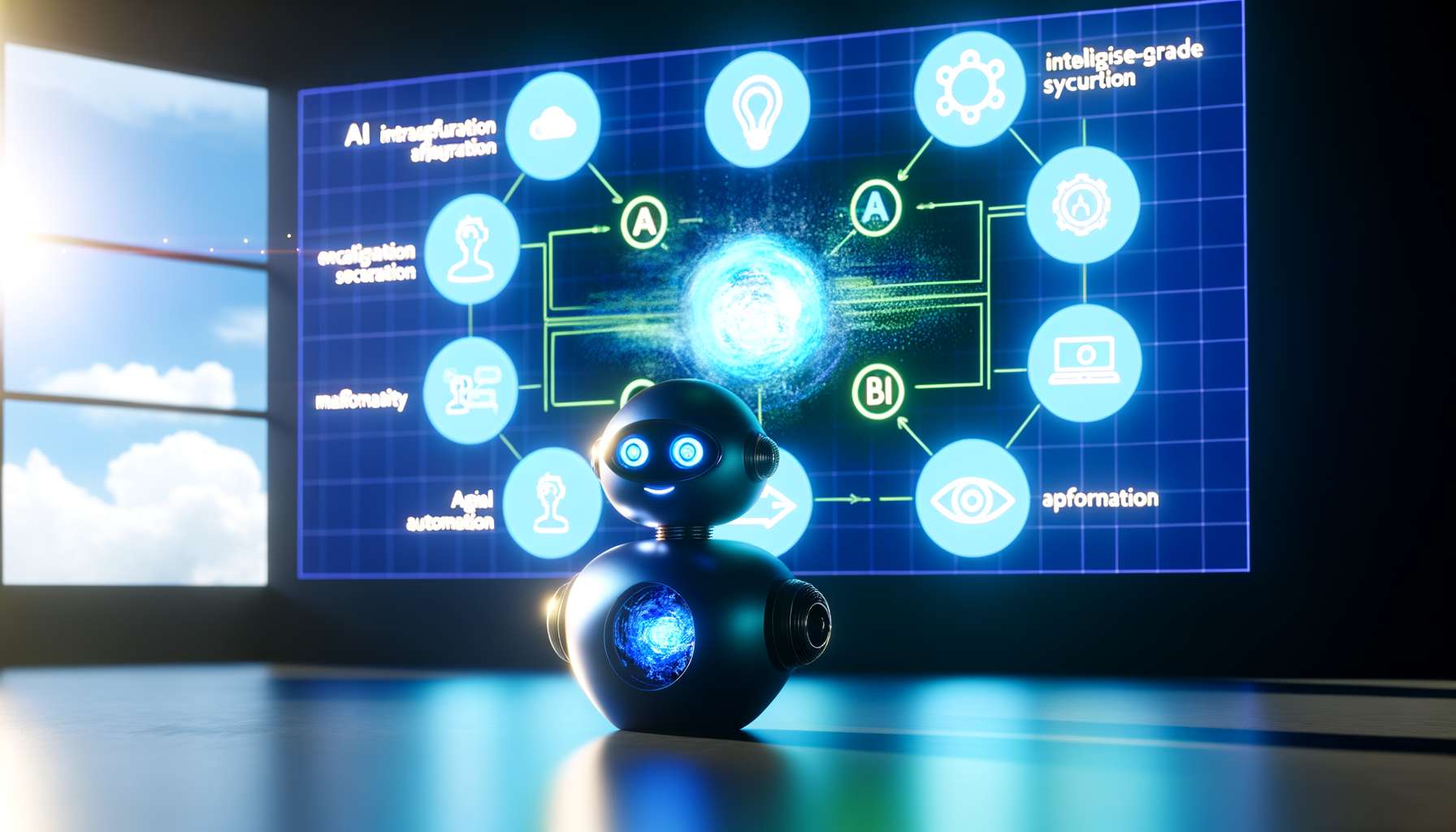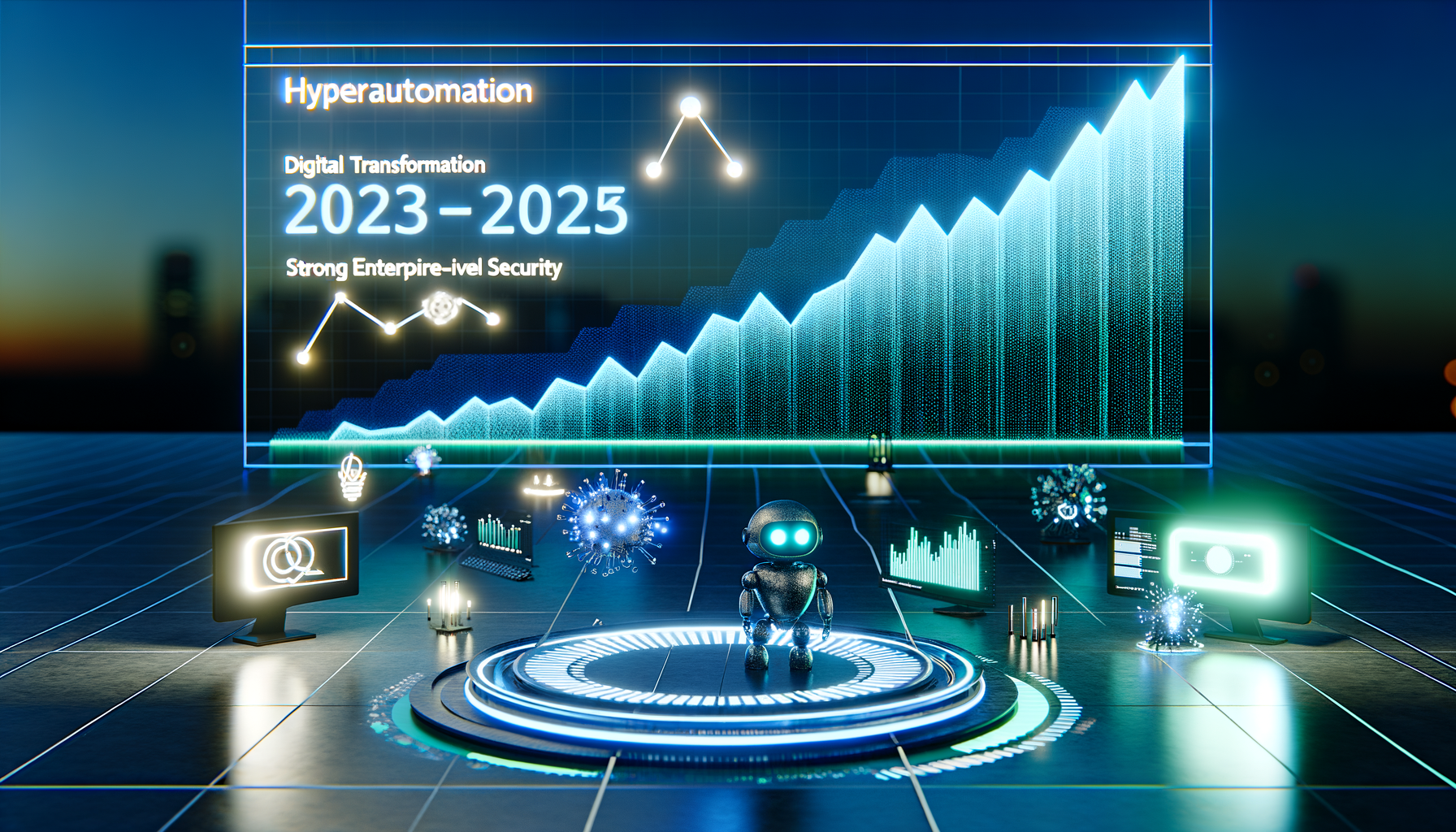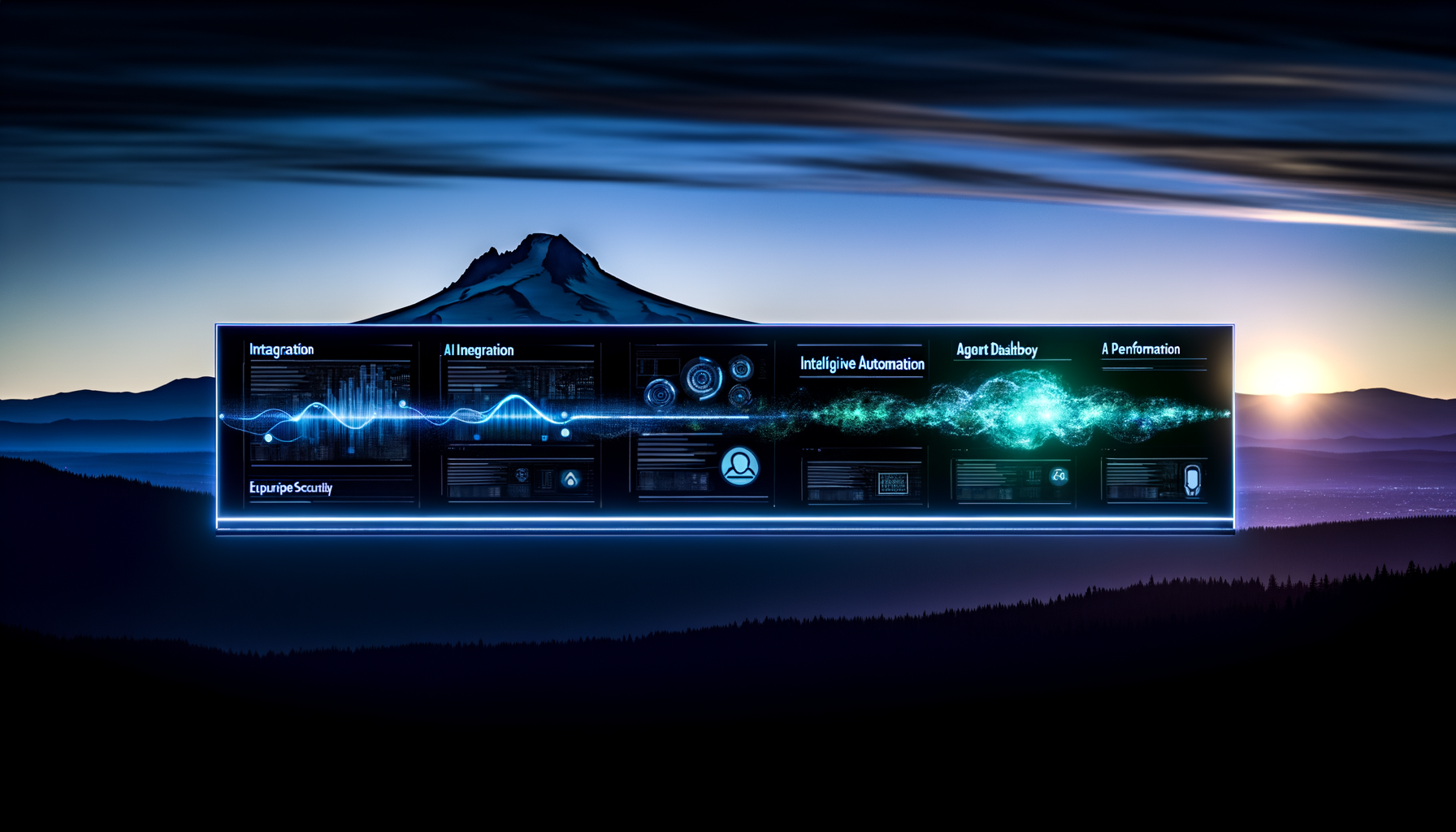In the ever-evolving landscape of digital transformation, AI integration and intelligent automation are not just buzzwords—they're business necessities. Imagine reducing operational costs by 30% while increasing efficiency and customer satisfaction. That's the promise of AI when implemented strategically. This guide will provide you with actionable insights into leveraging AI to modernize legacy systems, enhance customer experiences, and future-proof your business.
Understanding AI Integration
How AI Integration Transforms Businesses

Diagram showing AI integration process in business systems.
AI integration is the seamless embedding of artificial intelligence technologies into existing business processes. From enhancing CRM systems to optimizing supply chains, AI is pivotal in automating routine tasks and enabling data-driven decisions.
A study by McKinsey (2023) shows that businesses that integrate AI into their operations can increase profitability by up to 22%. This is achieved by leveraging AI's ability to process and analyze vast amounts of data, providing deep insights that were previously unattainable.
At Quicklook, we specialize in customizing AI solutions that fit unique business needs, ensuring a smooth transition and maximizing return on investment.
LIST
- •Enhance customer experience
- •Automate routine tasks
- •Optimize supply chain management
The Role of Intelligent Automation
Streamline Operations and Boost Efficiency

Team collaborating in a code review session on intelligent automation.
Intelligent automation combines AI with other advanced technologies to automate complex business processes. This goes beyond simple task automation, incorporating machine learning and decision-making capabilities.
For instance, chatbot deployment has revolutionized customer service by providing 24/7 support and handling up to 80% of routine inquiries, freeing up human agents for more complex tasks.
Quicklook's multi-agent systems are designed to integrate seamlessly into your existing architecture, providing scalability and flexibility as your business grows.
CALLOUT
Embrace intelligent automation to scale efficiently and outperform competitors.
Hyperautomation Trends for 2025
Preparing for the Next Wave of Digital Transformation

Graph showing growth trends in hyperautomation 2023-2025.
Hyperautomation refers to the use of advanced technologies, including AI and machine learning, to automate processes in ways that are significantly more impactful than traditional automation.
As reported by Gartner (2023), hyperautomation is set to become a $596 billion market by 2025. The key is combining multiple automation tools to create an integrated, self-optimizing system.
At Quicklook, we help businesses identify opportunities for hyperautomation, ensuring they stay ahead of industry trends and maintain a competitive edge.
QUOTE
"Hyperautomation is not just a trend—it's a transformation." - Gartner, 2023
Agentic AI: The Future of Automation
Empowering Autonomous Decision-Making

Diagram showing agentic AI in a real-time decision-making process.
Agentic AI represents a new frontier in intelligent automation, where AI systems are designed to act autonomously and adaptively in dynamic environments.
These systems are particularly useful in scenarios requiring rapid decision-making, such as real-time marketing optimization or adaptive cybersecurity protocols.
Quicklook leverages agentic AI to develop systems that not only respond to current conditions but also anticipate future challenges and opportunities.
LIST
- •Real-time marketing adaptation
- •Adaptive cybersecurity
- •Autonomous supply chain management
Case Studies: AI Success Stories
Real-World Applications of AI Integration and Automation

Analytics dashboard showing AI-driven sales growth.
One of our clients, a leading retailer in the Pacific Northwest, utilized Quicklook's AI solutions to enhance their customer experience. By implementing an AI-driven recommendation engine, they increased online sales by 15% within six months.
Another success story is a healthcare provider that reduced patient wait times by 40% through intelligent scheduling and automated patient management systems.
These examples highlight how AI integration and intelligent automation can drive significant improvements in both operational efficiency and customer satisfaction.
CALLOUT
Explore more AI success stories with Quicklook's tailored solutions.
Frequently Asked Questions
QWhat are the key trends in AI integration and intelligent automation for 2025?
QHow is hyperautomation transforming business processes in 2025?
QWhat role does agentic AI play in intelligent automation this year?
Conclusion
AI integration and intelligent automation are crucial for businesses aiming to remain competitive in 2025 and beyond. By leveraging these technologies, companies can enhance efficiency, reduce costs, and improve customer satisfaction.
Future Vision
Embrace AI now to future-proof your business and achieve sustainable growth.
Schedule your AI audit with Quicklook.
